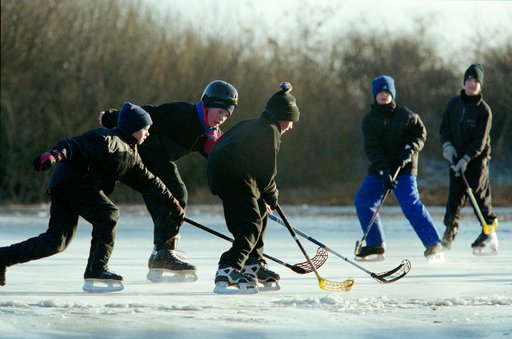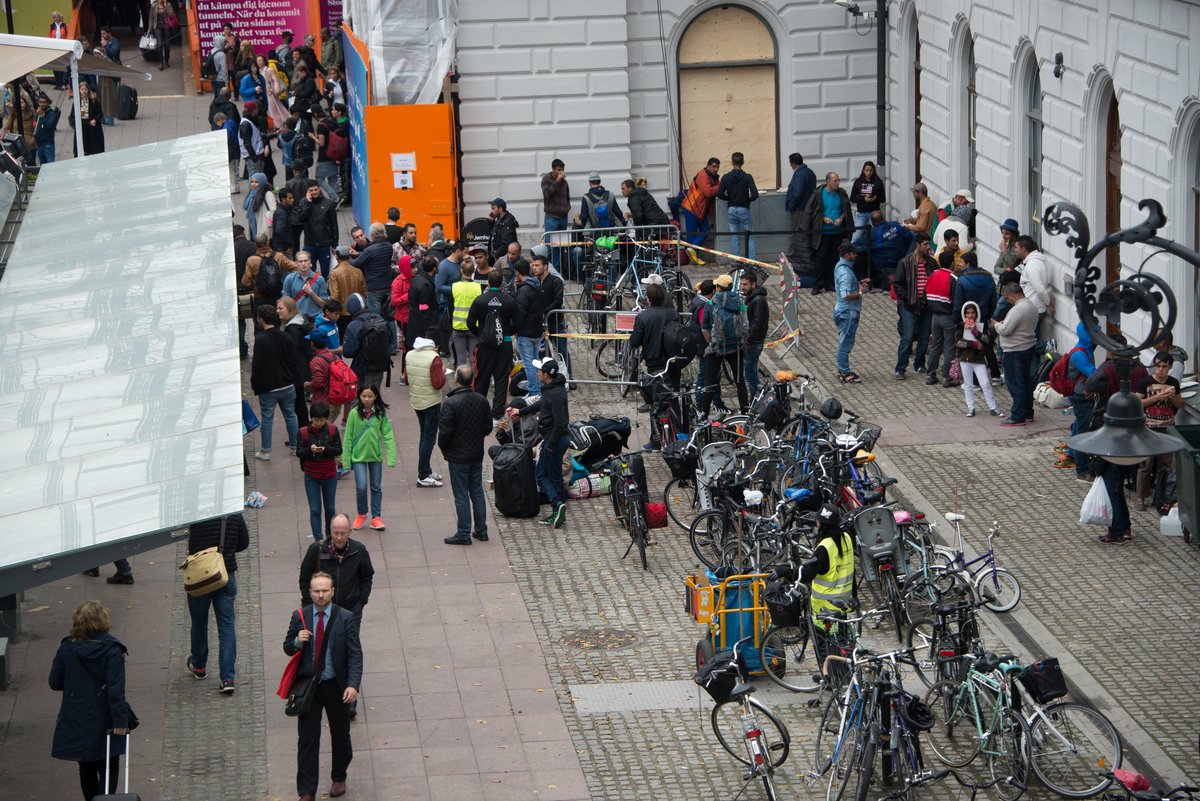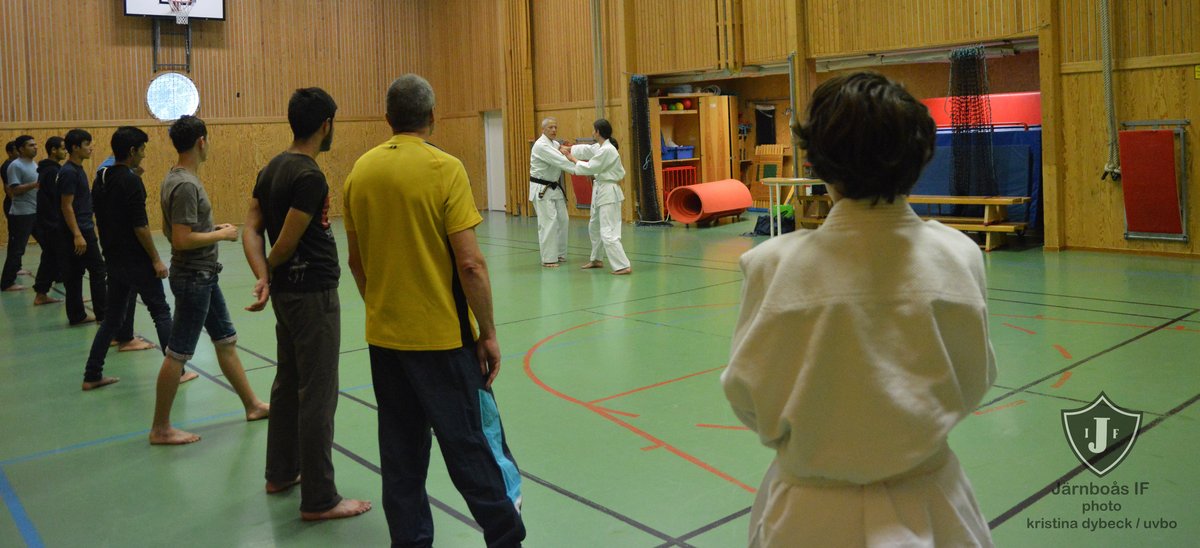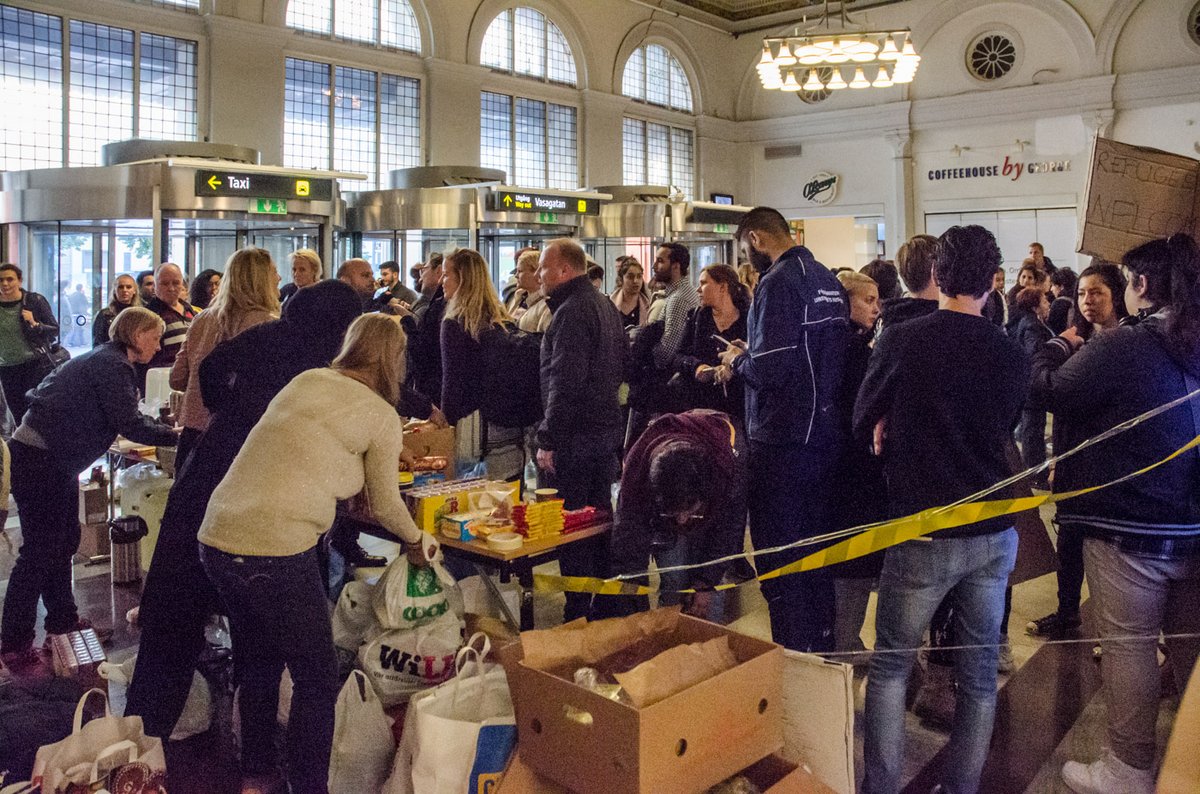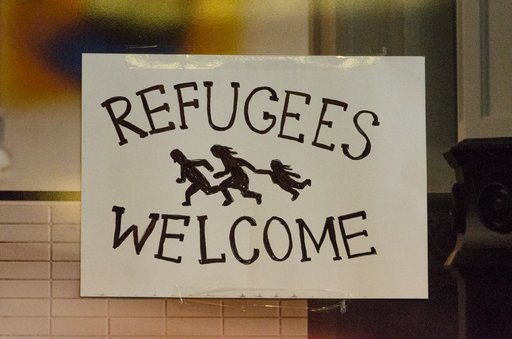Sports clubs in Sweden: A tool for integration?
The Swedish sports movement has gained a strong political presence in recent years, notably to do with migrants’ integration. Sport has been touted as a ‘universal’ language where individuals from diverse backgrounds can take part in something meaningful together that does not require particular linguistic skills. However, even sport can be a contested space where access is not equal for everyone.
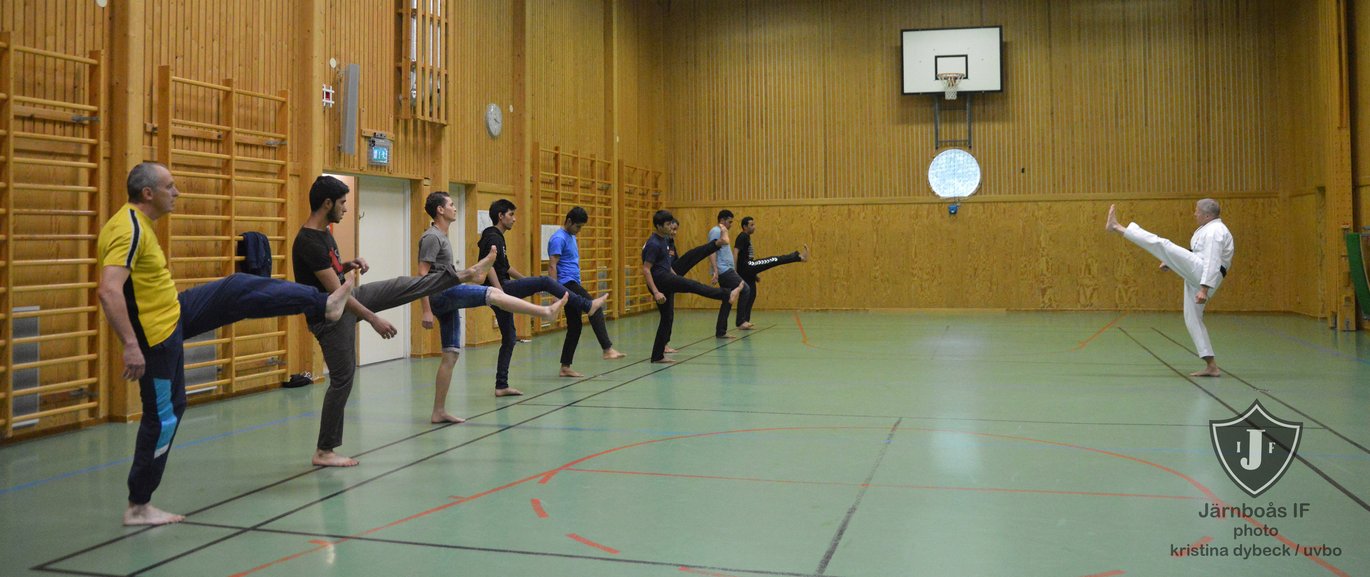
The existing structure of sport clubs in the Nordic countries provides a tremendous opportunity to contribute toward migrants’ well-being, their feelings of belonging and to provide meaningful leisure time. This is invaluable in a migration context where previous social networks may have been eroded, and barriers at school and in the labor market may be overwhelming. Exploring Nordic sport clubs in conjunction with delivered refugee projects can shed light on the integration process. While integration is a contested concept, I use it in this article to refer to inclusion in the local sporting sphere and with regard to everyone’s right to have a healthy lifestyle.
Sports clubs in the Nordic countries
Sport clubs in the Nordic countries make up a significant share of the voluntary sector - they are run by members, for members. Although there is some variation in how sports systems in the Nordic countries are constructed, operate, and influenced by government, they share crucial key denominators. First and foremost, most sport clubs are run on a non-profit, voluntary basis by individuals. Besides membership fees and some limited commercial revenues, they are supported by government funding and are governed by their respective national sports federations. Federations can function as the government’s extended arm in the sphere of sport, attempting to steer sport clubs in ways that are conducive to social policy.
Associational life is strong in the Nordic countries and this is no different in sport clubs. In international comparisons, the Nordic countries frequently top listings measuring both sport club membership generally and the highest number of volunteers in sport. Accordingly, there is an omnipresent idea of how sport is to be carried out in the Nordic countries, building on a long tradition of bureaucracy, organization, and volunteerism.
Sports for all?
One key consideration is that the Nordic countries adopt a ‘sport-for-all’ notion, meaning everyone should be able to partake in sport equally. This idea coincides nicely with the growing political significance that has been attributed to sport in the Nordic countries, namely, that it combats a range of social illnesses, including crime, by promoting public health, social cohesion, and migrants’ ‘integration’. Sports clubs are often perceived as vehicles for social change that can help alleviate problems which are usually the responsibility of the public sector.
However, while sport-for-all is an honorable idea, sport – like any other sphere of society – is conditioned by a range of factors including socioeconomic status, ethnicity, sex, gender, and age. Moreover, inclusion in Nordic sport has often been linked to different forms of cultural and physical capital; individuals who understand the bureaucracy of Nordic sport and have the physical skill set necessary to participate in a satisfactory manner (e.g., are able to compete) are more likely to partake in sports clubs than their counterparts. In this sense, access is not quite as equal as at first it seems. Limited sporting access is an important public health issue, notably with respect to people in the low socioeconomic bracket and/or with a migration background.
Nordic migration policies must be understood in this context. In Sweden, where my own research has been based, a neoliberal shift has gradually occurred where the country has gone from being a strong defender of human rights and multiculturalism towards more populistic ideas emphasizing migrants’ integration (or assimilation). These ideas influence the Swedish sporting sphere as well, where implicit or explicit learning practices are invoked to ‘include’ – or rather assimilate – migrants into mainstream sports. This is not to say that Swedish sport is inherently bad or assimilatory – sport can provide meaningful leisure time and improve mental and physical health – but it can also be used as a mediator for less obvious aims and agendas.
Academic fields that help show hidden inequalities
Sport and social inclusion in the migration context has been the primary focus of my research and I have drawn extensively from the metatheoretical principles of critical realism – a perspective which places itself between interpretivism and positivism. These principles provide a framework for analyzing societal behaviors and trends, which can be carried out in a variety of ways. Focusing on structure, such as that of organizations, state initiatives, policymaking etc., can overlook the importance of a particular individual's own agency. On the other hand, focusing too much on the individual’s perspective and their decision-making power plays down the importance of structural aspects. A book by Margaret Archer from 1995 helpfully coins the term ‘morphogenetics’, which is an analytical tool enabling both of these aspects as well as others, to be included when analyzing what is going on in a particular social situation.
Archer is a foundational author within the critical realist-inspired branch of social science, and her morphogenetic approach illustrates how actors within a given setting both exert agency but are simultaneously limited by their surroundings. That is, actors negotiate with their surroundings in a conscious way in their pursuit of different goals. Accordingly, some individuals are more limited by their surroundings than others and may be more vulnerable to power dynamics. For instance, some individuals may be motivated to maintain a hegemonic status and further contribute toward inequalities, whereas others struggle to break such cycles. This is particularly useful when examining the conditions of social inclusion and integration in migration research, and was helpful when I sought to investigate a martial arts sports club and how they incorporate new members like refugees.
A refugee project at a martial arts club
I carried out research into a Swedish martial arts club through an analysis of the club’s important paperwork, five interviews with key volunteers, and a three-month ethnographical observation. My research took place in the aftermath of a refugee project where refugees were permitted to train free of charge and they were integrated into the existing club structure. Guided by the principles of critical realism and the morphogenetic approach, my main findings are briefly outlined here:
- First of all, the guiding principles of the sports club itself consisted of a mix of what could be seen as traditionally ‘Nordic’ ideals such as democracy, social solidarity and equality (specifically gender equality). Unsurprisingly, these were also mixed with Asian influences, seeing as martial arts have a solid cultural foundation in such regions. These influences entailed matters such as discipline, respect, etiquette in the gym (e.g., bowing before entering mat) as well as others. All in all, these values were supposed to guide members of the martial arts club in both their organizational and individual behavior.
- Secondly, since this organizational and philosophical foundation set out a normative framework for the sports club’s members, this culture also served as a gateway in and out of the club. Throughout the interviews with key volunteers, it was clear that they benefitted greatly from this framework. It was consistent with their way of life, their perception of how sport should be conducted, and served to maintain a kind of social order. In other words, these members had a structure around them that they actively upheld. This became very salient when the club received refugees. Despite the high level of good will that existed within the club towards the refugees, there was also a substantial expectation that they would adapt to the sports club’s etiquette and practices. This was not without issues: The refugees had difficulties with the language, with adapting to the level at which martial arts training was perceived as ‘satisfactory’, and they failed to understand implicit rules about volunteering. This was problematic for the existing members in the sports club that seemed to believe that the migrants had failed to integrate properly. Very little thought was given to how difficult it may be to adapt to existing norms which were new to them, or how the refugees could have contributed in a variety of other ways. While much was said about what organizational measures had been taken to accommodate the refugees (e.g., lowered fees, free equipment), very little attention was paid to understanding these new individuals entering the club.
- The refugee project ultimately failed to include the refugees into the existing organization, and by the time the research was conducted, most had left. In the words of one coach, the majority of the members believed that “those who wished to stay, stayed”; only one refugee remained in the club.
My study focused on the voices of already existing members – in other words, the people who tend to be the agenda-setters with powerful voices. As we march into a new era of migration flows, it is imperative that further research elucidates the refugees’ stories in order to better accommodate their sporting experiences.
Sports clubs more complex than ‘universal’ appeal
Sport clubs in Sweden have a unique opportunity to contribute towards migrants’ well-being when their previous social networks may have been eroded and social and structural barriers may exist in other parts of society. Yet, as evidenced in this case study, enforcing norms and agendas upon migrants may cause the opposite of social inclusion and integration, even in the sporting sphere. Accordingly, sports (practice) is not an isolated island unaffected by other societal elements, but resembles much of the political rhetoric found elsewhere to do with migrants’ integration.
Further reading:
- Fiona Dowling, ‘A critical discourse analysis of a local enactment of sport for integration policy: Helping young refugees or self-help for voluntary sports clubs?’, International Review for the Sociology of Sport, 55, 8 (2020), pp. 1152–1166.
- Tony Blomqvist Mickelsson, ‘Towards Understanding Post-Socialist Migrants’ Access to Physical Activity in the Nordic Region: A Critical Realist Integrative Review’, Social Sciences, 10, 12, 452 (2021), pp. 1-14.
- Tony Blomqvist Mickelsson, (accepted) ‘A morphogenetic approach to sport and social inclusion: a case study of good will’s reproductive power’, Sport in Society.
- Margaret S. Archer,. Realist Social Theory: The Morphogenetic Approach (New York: Cambridge University Press, 1995)
